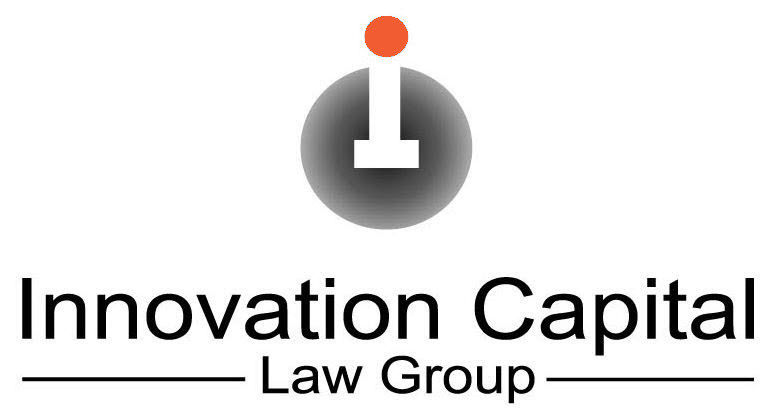What does a provisional patent application do?
As suggested in its name, the “provisional” in provisional patent application has a connotation of temporary or conditional. A provisional application is, by nature, short term. Something further must be done to make the temporary patent rights permanent, and that something is the filing of a nonprovisional patent application. The purpose of a provisional application, therefore, is to provide support for the nonprovisional application to be filed later.
It defeats the purpose of a provisional to file a scant disclosure that provides little to no support for a subsequent filing. The USPTO website has a helpful overview of provisional applications.
Need to file a provisional patent application with meaningful substance? Call US patent attorney Vic Lin at (949) 223-9623 or email vlin@icaplaw.com to request a flat rate quote for a robust provisional patent application that will help support your subsequent nonprovisional application.
How well is your provisional patent application written?
If the point of a provisional is to support the later-filed nonprovisional application, you must consider the depth and breadth of the disclosure included in your provisional application. Have the key features been explained in gory detail? Have illustrations been provided to visualize the concept and any distinguishing characteristics?
If a picture is worth a thousand words, then perhaps the provisional application should include more visuals that help illustrate your concept. Later on, your patent attorney can argue that support for a feature was disclosed in an image even if the written description is less than detailed.
Tradeoffs between provisional and nonprovisional applications
A direct relationship exists between the quality of a patent writing and the time spent. It is generally unrealistic to expect the same patent attorney to draft the substance of a nonprovisional application and charge a fraction of the price by calling it a “provisional” application. For a substantial reduction in cost, something has to give.
If someone wanted to sell you a “new” luxury car that normally retails for six figures for the very affordable price of $1,000, your spider sense should go way up. Common sense would dictate that you generally get what you pay for. And if you pay $1,000 for a provisional application, you should not expect to get $10,000 worth of patent drafting. Does a 90% cost savings magically appear because a patent document is called “provisional” instead of “nonprovisional”?
So if you save 90% of the cost of a nonprovisional application, what could possibly be missing in the provisional application? Are you willing to risk a later filing date for all the new subject matter that must be added to the subsequent nonprovisional application?
How does a priority date benefit work between provisional and nonprovisional applications?
A priority claim links a nonprovisional application to a previously filed provisional patent application. This connection gives the later-filed nonprovisional application the benefit of the earlier-filed provisional application. This benefit is called a priority date. How does the priority date benefit work?
The priority date comes into play when the examiner reviews the claims in the nonprovisional application. In particular, the examiner will search the prior art to evaluate each claim. Dates are important when determining whether a patent reference qualifies as prior art. If your claim is entitled to an earlier priority date, certain prior art references may be disqualified which means that the examiner would not be able to use those disqualified references to reject your claims.
Therefore, your provisional application must be sufficiently detailed to support the claims in your nonprovisional application. If key details are lacking, the examiner might argue that support for a particular claim is not found in the provisional application. As a result, your claims may get rejected over prior art because you could not get an earlier priority date. Later dates generally open the door for more prior art references to be cited against you.
Why can’t you fix problems with a bad provisional patent application?
Time machines do not exist. That’s the problem with filing a scant, bare-bones provisional application. You cannot go back in time to add details that you wish were included. The value of a provisional patent application is only as good as the content it contains.
Don’t be penny wise, and pound foolish. Have a provisional patent application written properly at the beginning of your utility patent journey.


